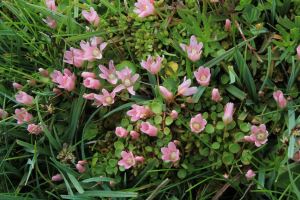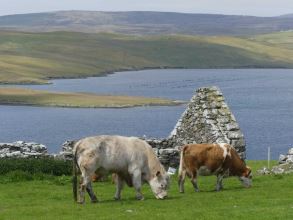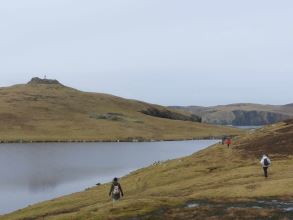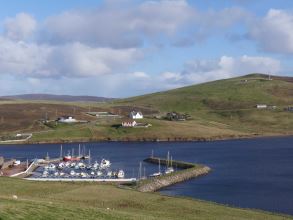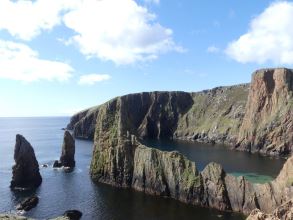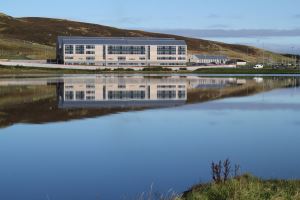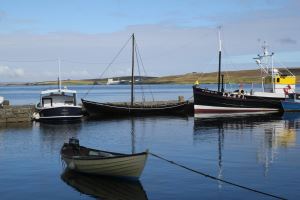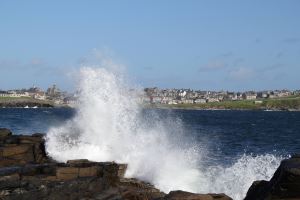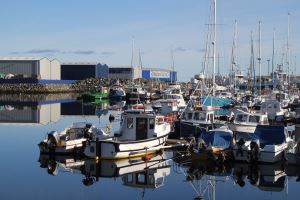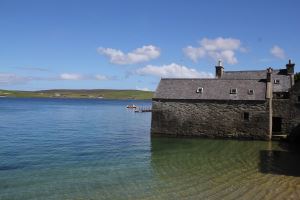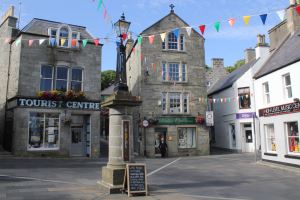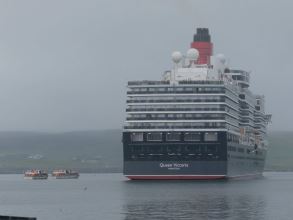Areas
North Mainland
The North Mainland (Northmavine) can be said to begin at Mavis Grind just north of Brae. It undoubtedly includes some of the most spectacular, wild, and grand scenery in the whole of Shetland. It is dominated by the grand, granite massif of Ronas Hill. At 1,486 feet (450 metres), it is the highest point in the isles. There is a geological fault at Braewick beyond which, and lying to the west, is the dramatic, volcanic coastline of the Eshaness peninsula. The North Mainland is a photographers paradise in all weathers.
Central Mainland
The Central Mainland, as well as having a beautiful coastline, both to the east and west, is the historical heartland of Shetland. Here, in the fertile Tingwall Valley, the Norse parliament was held for hundreds of years. This part of Shetland hosts the capital town of the islands, Lerwick, and but a few miles on the Atlantic seaboard, sits Scalloway, in my opinion, the most picturesque village in Shetland with its ancient castle dating back to 1599. Scalloway was also home to the ‘Shetland Bus’ during World War ll. The Central Mainland has everything: the magnificent seabird colonies on Noss, landscape, archaeology, history, geology, wild flowers, seals, otters, ponies, museums and some excellent cafes and restaurants!
South Mainland
Beginning at the picturesque village of Cunningsburgh, the South Mainland extends right down to Sumburgh, home of our principal airport which lies adjacent to two of Shetland’s greatest archeological treasures, Old Scatness to the north and Jarlshof to the south. This latter has a remarkable time-line of ruins running from about 2,700 BC (Neolithic) through Bronze Age, Iron Age, Pictish period, Viking era, right up to the Earl’s House built in the 1500s. Next door to Jarlshof is the Sumburgh Head Lighthouse Visitor Centre and the cliffs teeming with seabirds in the summer time. The South Mainland also boasts the beautiful St Ninian’s tombolo on the other side of which is the island of the same name where the famous St Ninian’s treasure was discovered in 1958. Half-way down the South Mainland and lying a short distance of the east coast, is the island of Mousa with its Iron Age broch, the best preserved in Scotland.
Unst
Unst is the third largest of the Shetland Islands and has just about everything: massive seabird colonies, rare wild flowers, history (especially Viking), beaches, ponies, but the jewel in the crown must be its rocks and minerals. It is the geological phenomenon of the ‘ophiolite’ which constitutes Shetland being a UNESCO World Heritage site and an International Geopark. Being the most northerly of the Shetland Islands, Unst also hosts and boasts the most northerly of everything in the UK: the most northerly beach, house, lighthouse, bus-stop, post-box, shop, post-office and so on it goes!! The four ferry trips required to get to and from Unst provide good opportunities to spot killer whales (orcas) and otters, the latter often being seen at the ferry terminals.
West Mainland
The West Mainland abounds in stunning coastal scenery and remote, peaceful locations which are ‘far from the maddening crowd.’ It’s loch-studded landscape is a fisherman’s paradise. It is home to Shetland’s population of the beautiful white water lily species as well as sanctuary to rare dinosaurs! Perhaps somewhat neglected, being a bit out on a limb, this part of the isles is well worth exploring. It hosts more archaeological sites than anywhere else in Shetland.
Lerwick
Lerwick is a thriving town being the chief administrative and economic centre for the islands. It is also the biggest port and has the terminal for the life-line ferry service to Aberdeen. It has a huge natural harbour and is host to all manner of marine vessels ranging from tiny pleasure craft to massive cruise-ships.
Ready to book your tour?





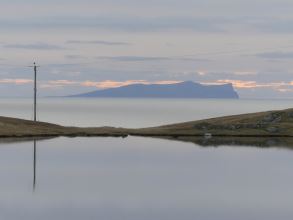
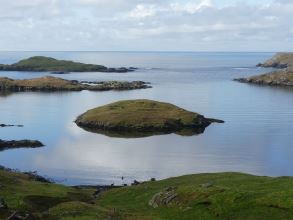
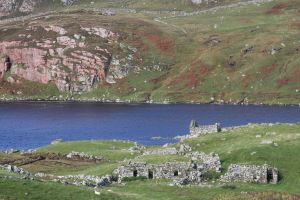


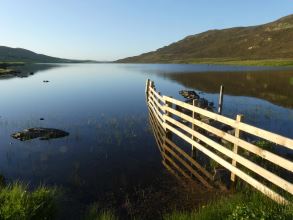

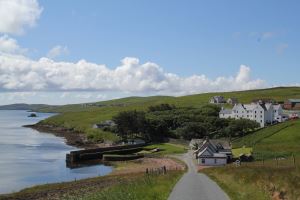
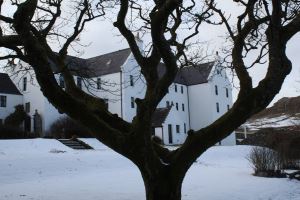
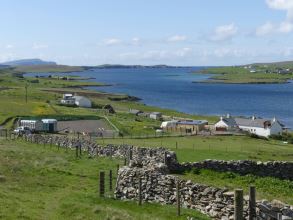
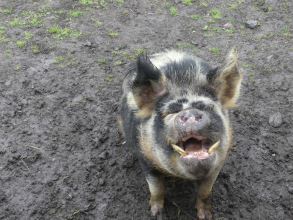
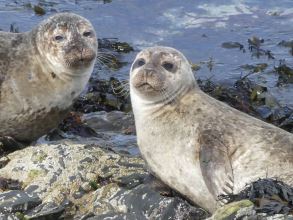



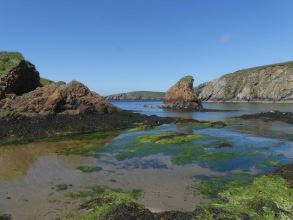
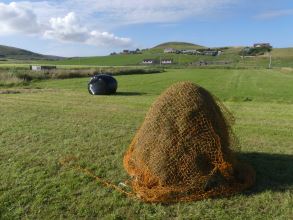
 end-300x220.jpg)

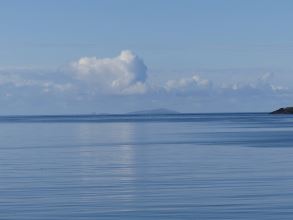
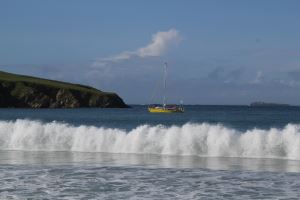
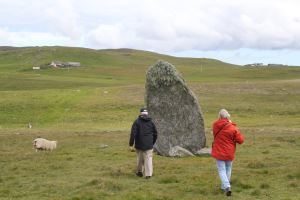

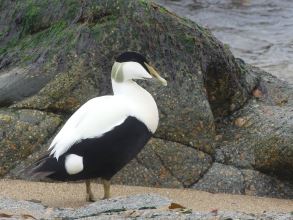
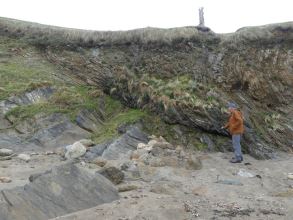



 Unst-300x220.jpg)
